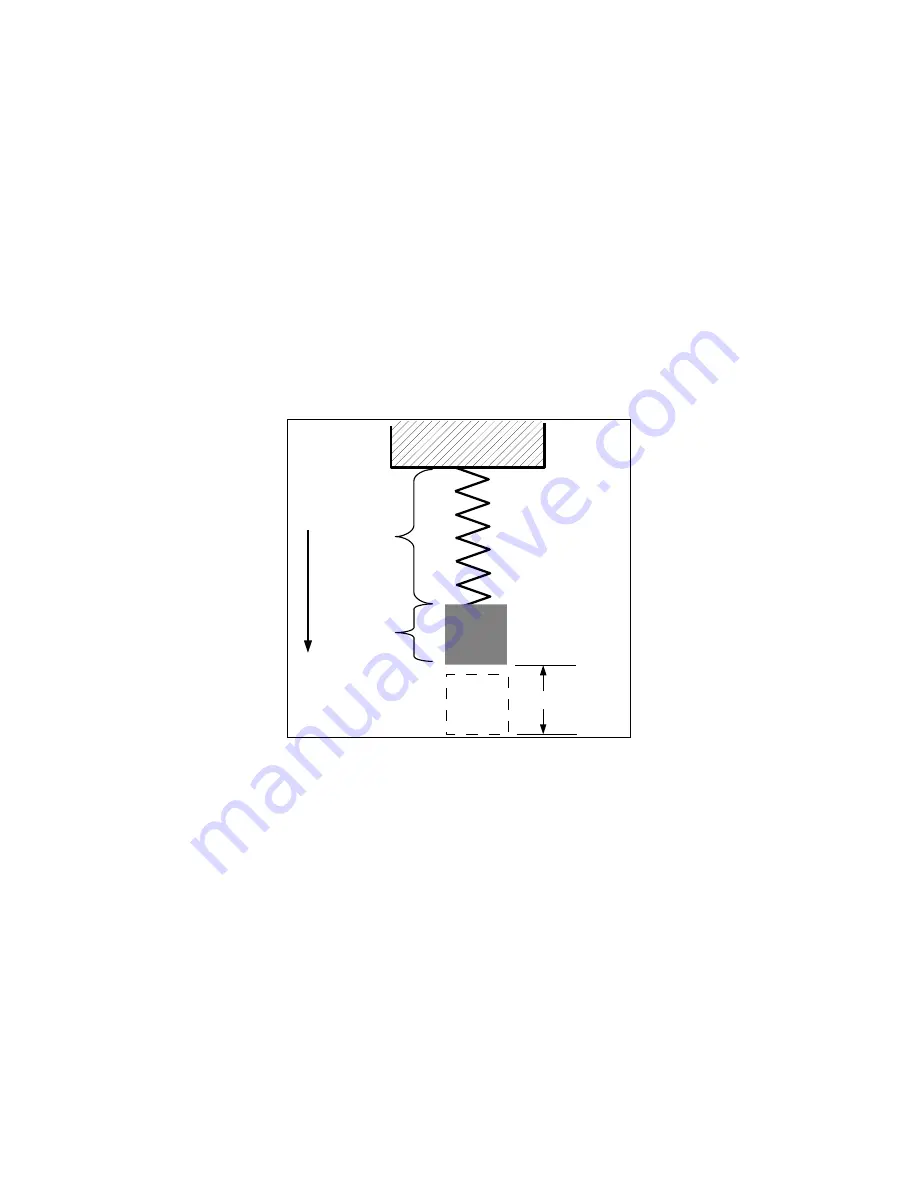
6
Appendix
6.1
What is an Accelerometer
Acceleration is the change in velocity. A stationary body has no acceleration and a body moving at a
constant velocity has no acceleration. However, a body changing from a stationary condition to motion
experiences acceleration by means of a force. Newton's second law establishes this relationship as
F=ma.
An accelerometer [ak-se-lə-ˈrä-mə-tər] sensor measures the force acting on a known mass to determine
“proper” acceleration. There are many ways to measure force with each method having benefits and
limitations. A simple method measures the displacement of a spring-mass system (see Figure 22). As a
force acts upon the mass, such as gravity, the spring will stretch a certain distance relative to the spring
constant. Knowing the spring constant and spring displacement, the force acting upon the mass is
calculated. Acceleration is the force divided by the mass.
Micro electro machined sensor (MEMS) technology takes the spring-mass concept and miniaturizes it
onto a semiconductor chip. Figure 23 illustrates the general concept of a MEMS accelerometer system
next to an actual MEMS accelerometer sensor. The mass and spring system is etched into the
semiconductor layer. When the sensor experiences an acceleration, the proof mass moves and the
distance between the interleaving “fingers” changes. The change in electrical capacitance between the
fingers is proportional to the displacement of the spring-mass system. The capacitance is measured,
filtered, and converted to a digital output representing acceleration.
Gulf Coast Data Concepts
Page 24
X16-5, Rev New
Figure 22: Spring-mass Accelerometer
A
cc
e
le
ra
tio
n
(g
ra
vi
ty
)
Spring
Proof
Mass
X = displacement
Force
= −
K
×
X
where
:
k
=
spring constant
x
=
displacement


























![Lambrecht power[cube] 30.95800.015000 Manual preview](http://thumbs.mh-extra.com/thumbs/lambrecht/power-cube-30-95800-015000/power-cube-30-95800-015000_manual_3388101-01.webp)










